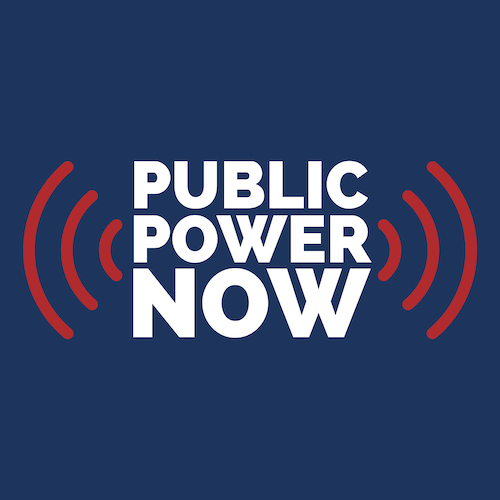The Santee Cooper Board of Directors on June 10 received proposed rate changes and approved a months-long public comment process so customers can review and provide input on those proposed changes.
The proposed rates include a structural change that gives customers more flexibility in controlling their monthly bill.
Currently, a typical residential customer is billed according to the total kilowatt-hours consumed each month (the energy charge) and the cost to serve the customer account (the customer charge).
The proposed new rate structure would charge a residential customer about 40% less for total energy consumed and add a $10.03-per-kilowatt demand charge, applied to the highest electric demand recorded by the customer during Santee Cooper system peak hours each month (early mornings in winter and late afternoons in summer.)
“This new rate structure gives customers the ability to actually lower their bills, depending on current and future energy consumption habits,” said President and CEO Jimmy Staton. “If a family starts dinner at 5 p.m. every summer afternoon by turning on an oven that takes 5 kilowatts of electricity, they add $50 to their monthly demand charge. But if that family waits until 6 p.m. to turn the oven on every day, or uses a slow-cooker that takes much less electricity, they save that $50. If they adjust when they use the dishwasher or other high-demand appliances, they save even more.
“If enough customers shift demand to off-peak periods, that lowers the peak and reduces how much generation Santee Cooper has to maintain to cover the peak,” Staton continued. “And that’s a savings worth sharing with our customers through lower monthly bills.”
Santee Cooper noted that it needs to invest in its electric system to maintain excellent reliability for customers and to make significant system updates required by new regulations.
Considering that and the continuing pressure of inflation, the state-owned utility has proposed its first base rate adjustment since 2017, an average 4.9% increase for its retail customer classes.
“Santee Cooper has low electric prices and highly reliable electric service, and that will not change because of these recommendations,” said Staton. “But we need to invest in our system to ensure we continue to power a reliable and sustainable future for all of our customers. We also need to make investments to meet new environmental regulations at generating stations. Unfortunately, inflation has increased 25% since we last raised rates, and new power lines and transformers cost a lot more today.”
The recommended system adjustment of 4.9% breaks down to an average 8.7% increase for residential customers; 4.1% for commercial customers; 5% for lighting customers; and 2.8% for industrial customers.
Any base rate changes that are approved later this year would be effective in April 2025.
Customers have until Oct. 8 to review and comment on the proposed rates. Details about upcoming public comment meetings and how to submit written comments are at www.santeecooper.com/ratestudy, along with the rate study report, proposed rate schedules and other information explaining the changes and potential impacts for customers.
Rate Process Timeline
Several public meetings will be held Aug. 26 through Oct. 8, and customers can view the schedule and register to speak at a meeting on the web page.
Comments can be submitted via the web page, emailed or mailed anytime through Sept. 9.
Management will review all feedback and recommend any changes to the proposed rates to the Board on Nov. 7 and the Board is scheduled to vote on new rates on Dec. 9.
Any approved new rates would take effect in April 2025.
The average monthly bill for the typical Santee Cooper residential customer in 2023 was $110. The average typical residential bill of the other large, comparable electric utilities in South Carolina (those that generate, transmit and distribute electricity) is 32% higher.
Santee Cooper’s last base rate increase was set in 2015 and implemented in 2017. Most of our rates, including base rates and fuel rates, were locked in 2020 as part of the settlement of a class action lawsuit related to the canceled V.C. Summer nuclear plant expansion. That rate lock ends Dec. 31, 2024.
Inflation has increased approximately 25% since Santee Cooper last raised rates, in 2017.
Santee Cooper’s management is recommending a system average base rate increase of 4.9%.

